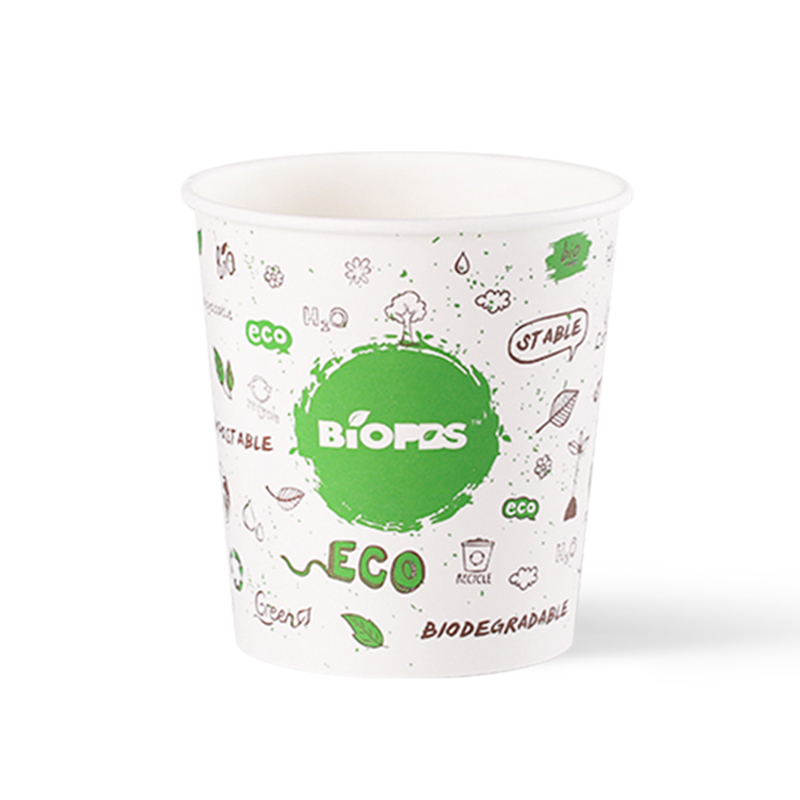
Paper bowls contribute to reducing plastic waste in several ways:
Alternative to plastic bowls: Paper bowls are an eco-friendly alternative to plastic bowls. They are made from renewable resources, such as wood pulp, which can be sourced sustainably. Plastic is derived from fossil fuels and takes hundreds of years to decompose, contributing to pollution and environmental damage.
Biodegradable Paper bowls can decompose within several months, reducing the amount of waste that ends up in landfills. Composting paper bowls also produces nutrient-rich soil that can be used for gardening and farming, further benefiting the environment.
The production of paper bowls requires less energy compared to plastic bowls. Manufacturing plastic requires the extraction, refinement, and processing of fossil fuels, which are energy-intensive processes. In contrast, paper bowls can be made from recycled paper or sustainably sourced wood pulp, reducing the energy consumption associated with their production.
Paper bowls have a lower carbon footprint compared to plastic bowls. The production of plastic generates greenhouse gas emissions, contributing to climate change. In contrast, paper bowls can be produced using renewable energy sources, such as solar or wind power, further reducing their environmental impact.
Paper bowls are recyclable, meaning they can be processed and turned into new products. Recycling paper reduces the need for raw materials and minimizes waste. Plastic, on the other hand, has limited recycling capabilities and often ends up in landfills or the ocean, causing environmental harm.
In conclusion, paper bowls contribute to reducing plastic waste through their biodegradability, recyclability, lower energy consumption, lower carbon footprint, and the education and awareness they promote. By choosing paper bowls over plastic, individuals can help reduce their environmental impact and contribute to a more sustainable future.


